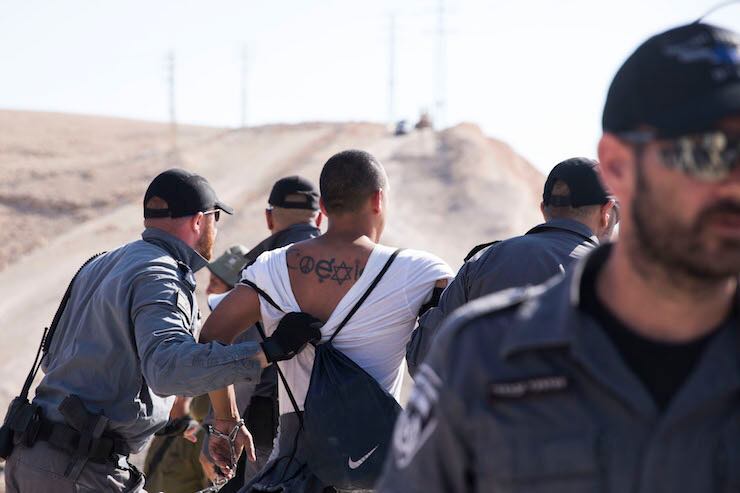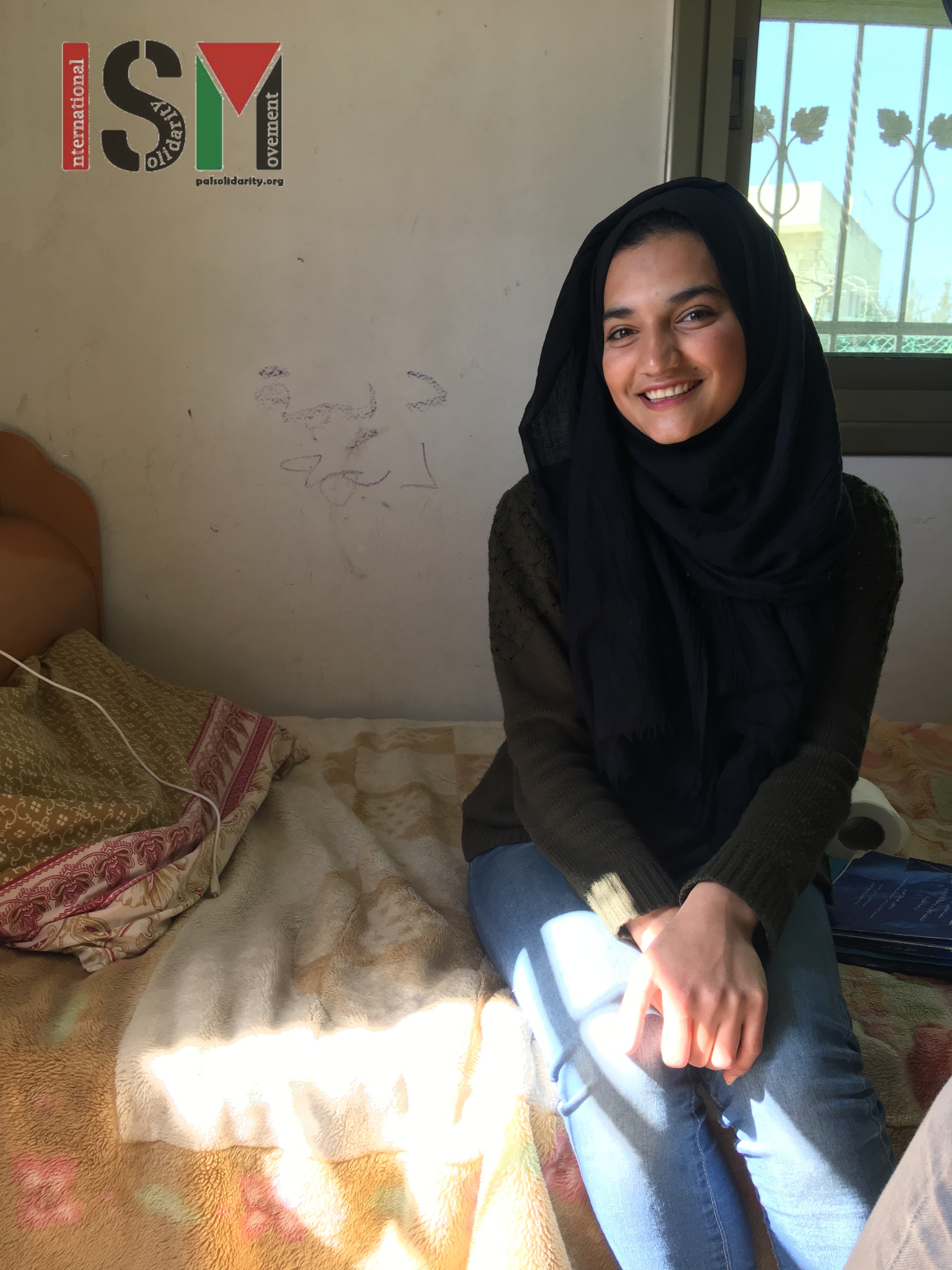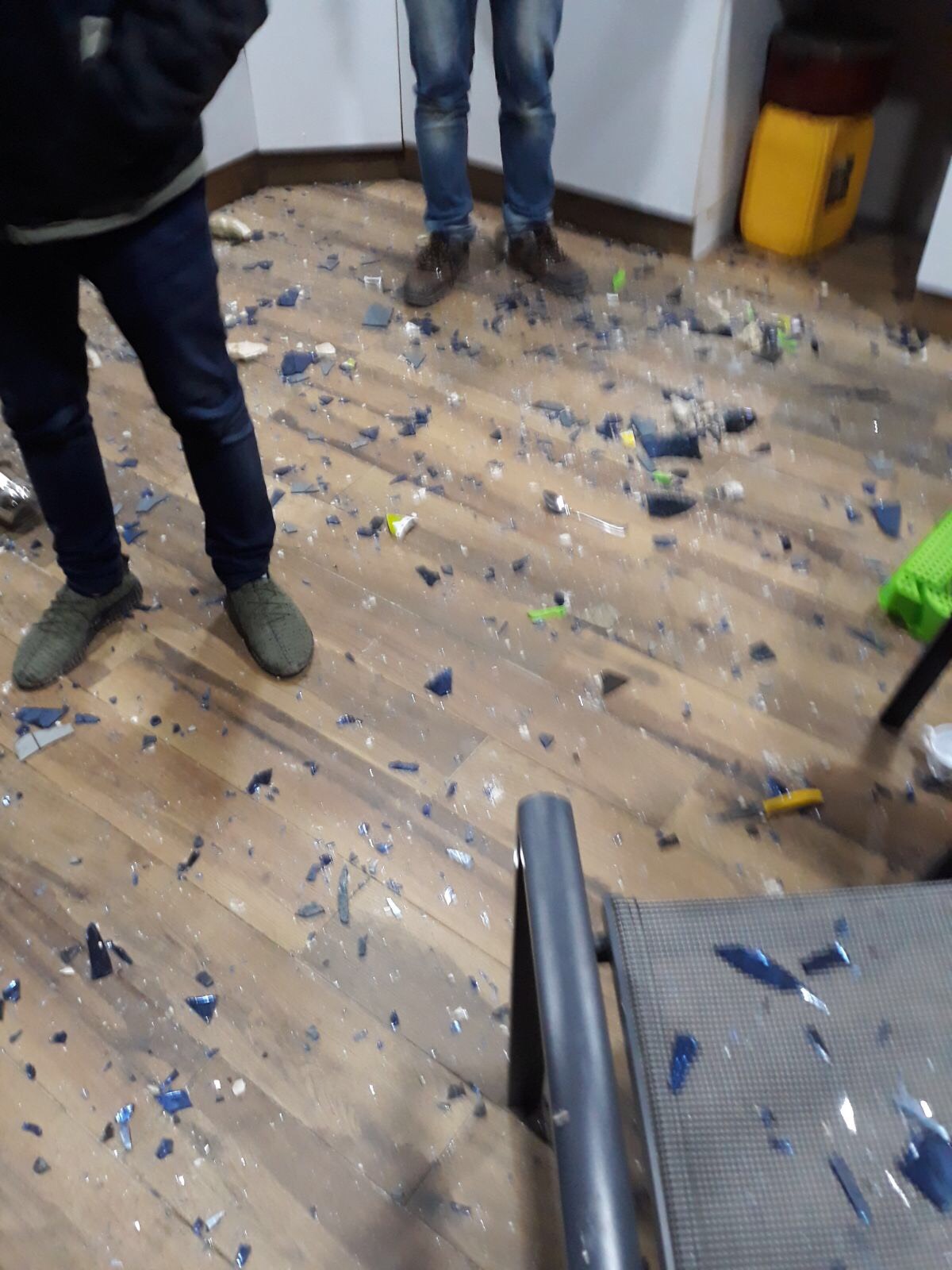Tag: International law
-
Experiencing arrest in Khan al-Ahmar, threatened by demolition by Israeli forces
26th July 2018 | Steve Dhiman, International Solidarity Movement | Khan al-Ahmar, occupied Palestine An ISM volunteer describes his experience of being arrested and almost deported by Israeli forces On Wednesday, the 4th of July, I began training with the International Solidarity Movement, an organization where Palestinians and Israelis, Jewish people and Muslims work…
-
A recollection of Dima al-Wawi’s imprisonment and a remembrance of Hamza Zamara
18th March 2018 | International Solidarity Movement, al Khalil team | Occupied Palestine Two years ago Dima al-Wawi woke up for school feeling sick. Her throat hurt and her lymph nodes were swollen. Her parents were already out of the house, on their land that is split in two by the illegal settlement Karmi Zur…
-
Palestinian villages attacked – yet resisting illegal outposts
12th January 2018 | International Solidarity Movement, Nablus team | Occupied Palestine Today in Kfar Qaddum the protesters, marching towards the road closed off due to the illegal settlement of Kadumim, were suppressed by Israeli military. Protesters were met with teargas and rubber coated steel bullets. Luckily there were no serious injuries. Three days ago…



